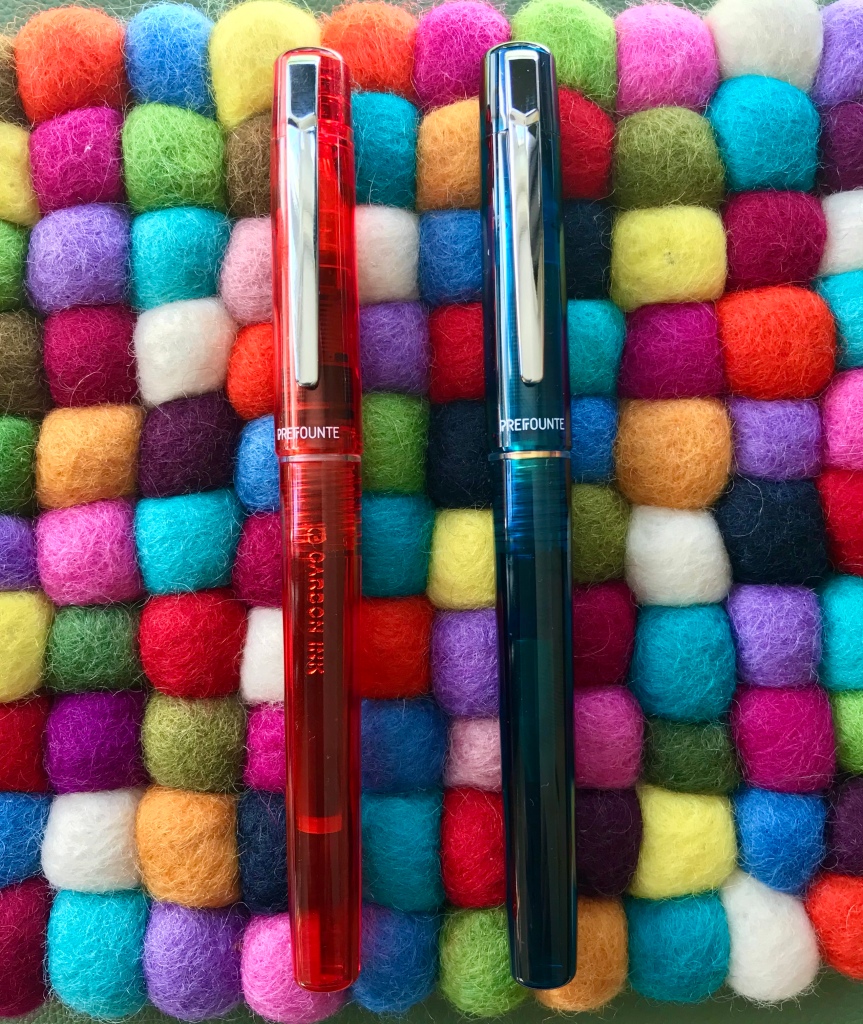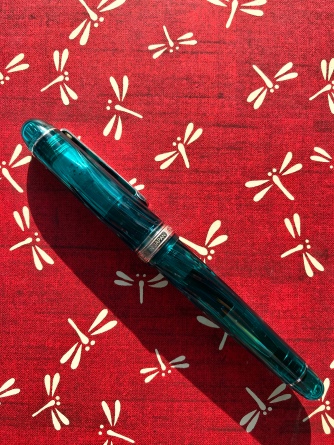(I considered putting what follows at the end of this post. That way anyone who only wants to read about pens doesn’t have to read it. In the end I decided to leave it where it is because the act of writing it has helped me a little towards processing some of what has been going on for the last year or so. Nothing major or dramatic, but realisation that MY normality has been disrupted, that some of the consequences of that disruption are still being felt and I need to acknowledge this in order to help myself get back to ‘normal’, or whatever passes for normal these days.)
I’ve never been the most prolific or regular of posters, but to anyone who has stopped by my blog it will have been apparent that not much has changed in a while. I haven’t been anywhere, I simply haven’t felt like writing.
Of course, the past 16 or 17 months haven’t been ‘normal’ for any of us, but I found getting through all that the pandemic brought (lockdowns, enforced home-working, home-schooling, home-schooling while home-working, social isolation etc.) quite tough. I don’t want to start making comparisons because everyone’s experiences have been different, and in many ways I have a lot to be thankful for. You could argue that things began to improve a few months ago. I had my Covid vaccinations, a major project that had dominated my work life for the past two and a half years came to an end and my kids were back in school on a regular basis.
Instead of a sense of relief and freedom, I felt empty. Empty and tired. Where did my interest in pens fit in? Could/would stationery save me? Turns out – not really. The ability to indulge in some retail therapy seemed to help at the time and I managed to acquire some nice pens and some interesting inks, but my pen use declined and I certainly didn’t feel any desire to write pen/stationery reviews.

So why (re-)start now?
I had begun to assemble some thoughts for this post anyway, but I stumbled across Brad Dowdy’s guest appearance on the Nib Section podcast from back in April of this year. We all know that Brad is an all-round good guy, but to hear him espouse the Pen Addict philosophy and his support for others in the pen community so eloquently made me think ‘maybe I can do this’. Indeed, ‘maybe I SHOULD do this.’ (That episode is well worth a listen BTW.)
If you’re still reading, thanks for sticking with me. The idea for the pen part of this post has been around longer than the decision to write it and to give it some context. As I mulled it over, I couldn’t help noticing the irony of piggybacking a piece about my challenges of whether to keep the blog going on to a post about bringing afflicted pens back from the dead. Has anyone seen Lazarus recently?
I’m pleased to say that the majority of the pens that I have owned have written straight out of the box. I’ve had examples where nibs have been unusable or have written but have been dull and lifeless, but luckily these have been relatively few. As my knowledge and confidence have grown I’ve been able to recognise sub-par performance, and, on cheaper pens I’ve even had the courage to tweak nibs to try to get them working better. In this case, the resolution was realising that the way to fix a rubbish pen experience was a nib transplant, rather than persevering with the original.
This is most evident on two Moonman pens that I bought last year – the M8 and T1. I liked the M8 because of the sparkly inclusions in the resin that could be mistaken for cut-price raden (in a dimly-lit room) and the T1 looked like the intriguing by-product of leaving a TWSBI Eco and Kaweco Sport together in a desk drawer for a while.
Both pens cost less than £30. Not exactly major cash, but enough for you to expect a half-decent writing experience. Which was precisely what I didn’t get. One wrote, but was dull and lifeless, while the other was scratchy as hell and hard-started like it was going out of fashion. Rather than engage with a non-UK vendor on a major online retail platform that shares a name with a large South American river, I decided to see if I could improve things by myself. After all, how hard could it be and what was the worst that could happen?
One of the reasons that people like pens like the T1 is the ability to switch in all kinds of nibs. The M8 and T1 take a size 6 nib, but use a different housing to Bock or JoWo so I tried keeping the feed and housing, but switching nibs. That got me something of an improvement until the M8 rebelled by the housing self-destructing. So far, not so good…
Meanwhile, another of my pen purchases of the last year or so was a Narwhal Schuylkill (the Porpita Navy). Among other plaudits, Narwhal have been praised for the quality of their nibs and the fact that they are made in-house. I can’t verify the in-house part, but my experience backs up the quality angle.
Edit Post
SavedPreview(opens in a new tab)Add titleDoing the resurrection shuffle – or how to breathe new life into pens (and maybe this blog too)
(I considered putting what follows at the end of this post. That way anyone who only wants to read about pens doesn’t have to read it. In the end I decided to leave it where it is because the act of writing it has helped me a little towards processing some of what has been going on for the last year or so. Nothing major or dramatic, but realisation that MY normality has been disrupted, that some of the consequences of that disruption are still being felt and I need to acknowledge this in order to help myself get back to ‘normal’, or whatever passes for normal these days.)
I’ve never been the most prolific or regular of posters, but to anyone who has stopped by my blog it will have been apparent that not much has changed in a while. I haven’t been anywhere, I simply haven’t felt like writing.
Of course, the past 16 or 17 months haven’t been ‘normal’ for any of us, but I found getting through all that the pandemic brought (lockdowns, enforced home-working, home-schooling, home-schooling while home-working, social isolation etc.) quite tough. I don’t want to start making comparisons because everyone’s experiences have been different, and in many ways I have a lot to be thankful for. You could argue that things began to improve a few months ago. I had my Covid vaccinations, a major project that had dominated my work life for the past two and a half years came to an end and my kids were back in school on a regular basis.
Instead of a sense of relief and freedom, I felt empty. Empty and tired. Where did my interest in pens fit in? Could/would stationery help turn things around? Turns out – not really. The ability to indulge in some retail therapy seemed to help at the time and I managed to acquire some nice pens and some interesting inks, but my pen use declined and I certainly didn’t feel any desire to write pen/stationery reviews.

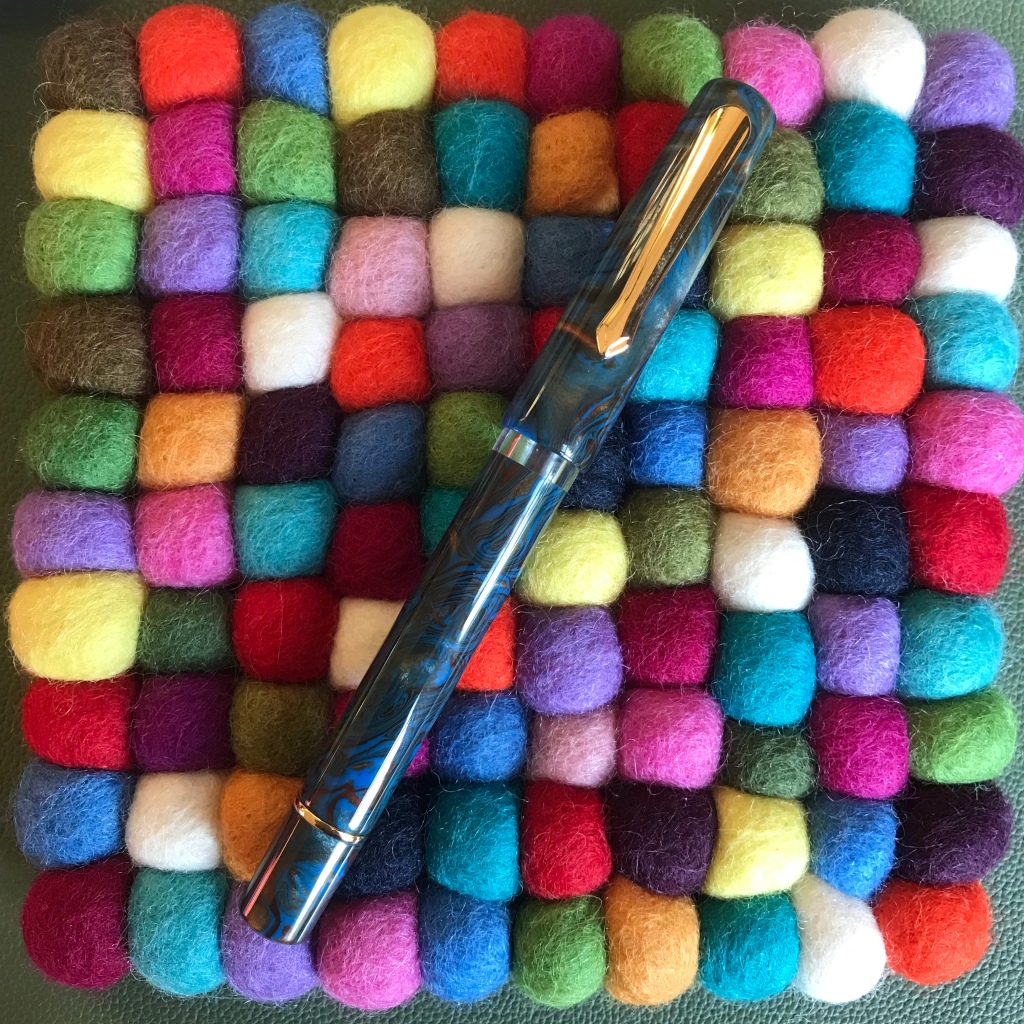
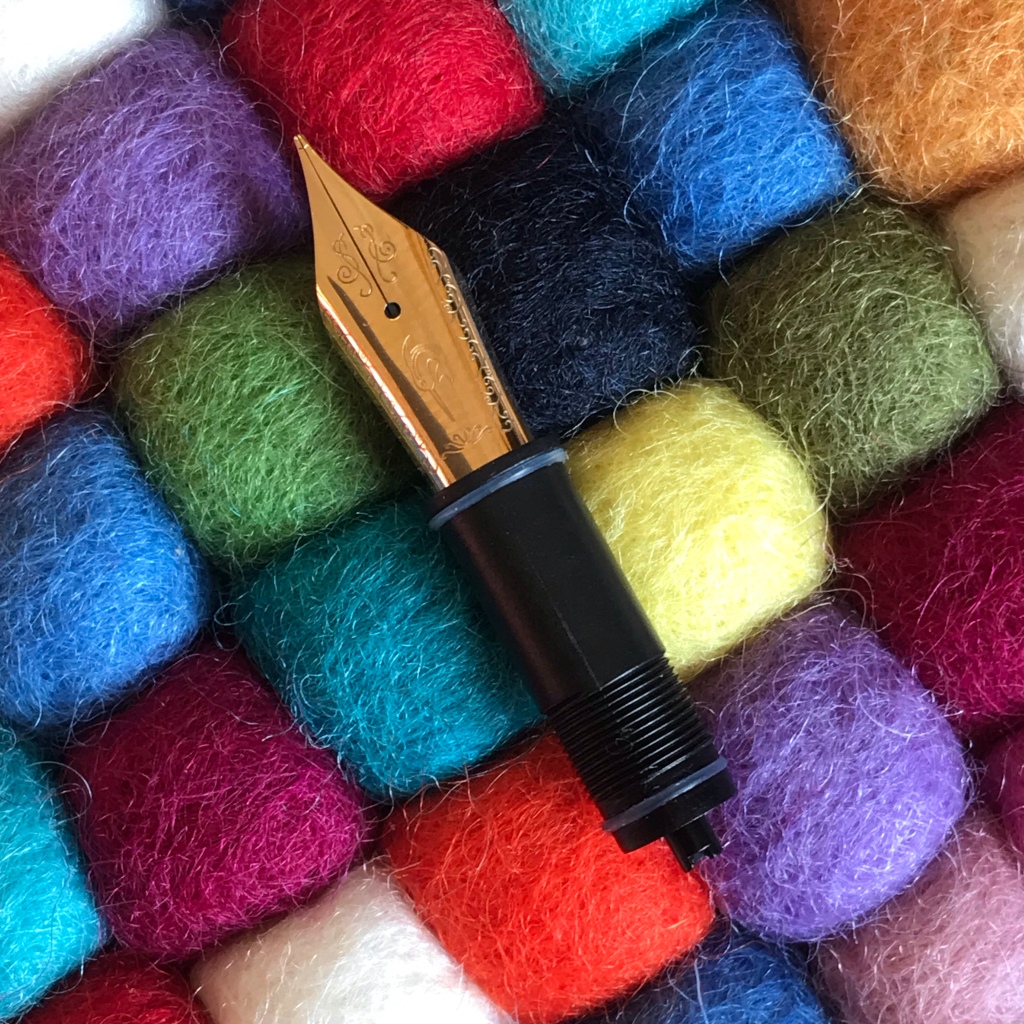
When I was cleaning my Narwhal I was struck by how similar the nib unit looked to the Moonman one. A small experiment later and I was able to confirm that the Narwhal nib unit fitted the Moonman. I duly ordered two Narwhal nib units from Hamilton Pens and now both Moonmans (Moonmen?) are a) functional and b) nice to write with.

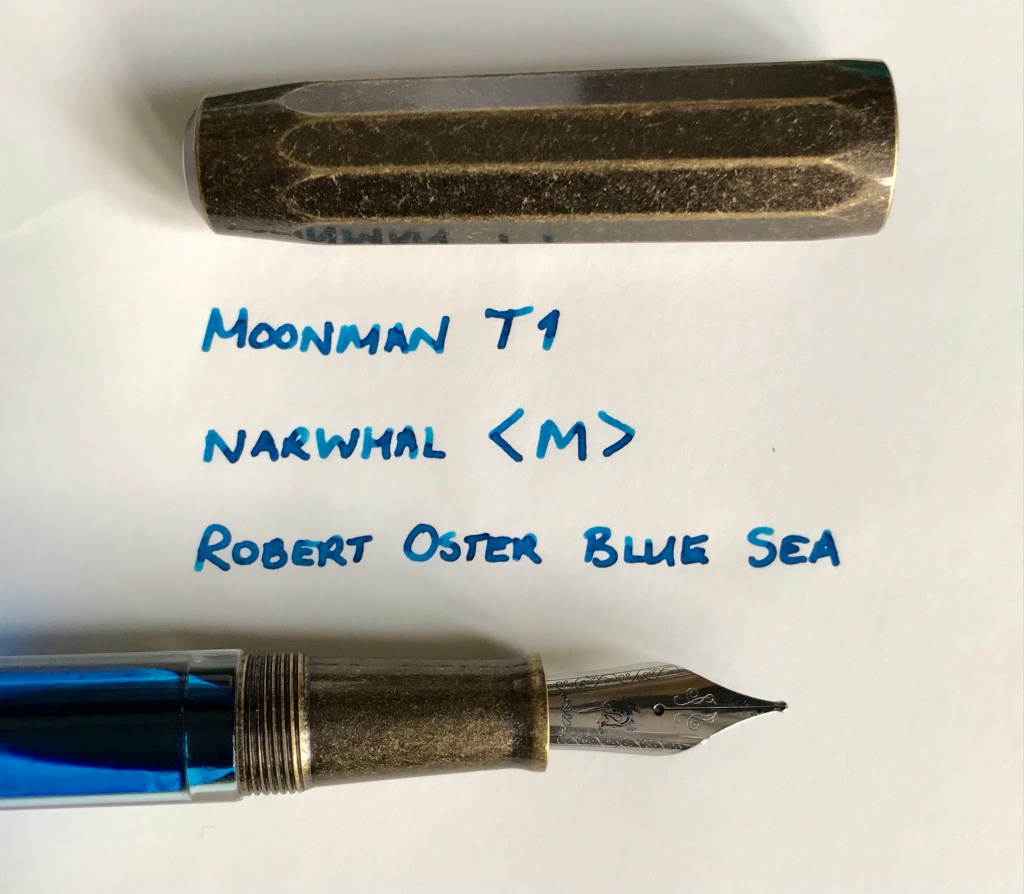

My other nib swap story concerns the Kaweco Dia2. I’m a sucker for art deco styling and always liked the look of the Dia2, but I was deterred by the relatively small size of the nib. It’s the same unit (Bock 060) that you find on the Kaweco Sport and Liliput pens. Several years ago I was swayed by positive reviews into buying a Dia2, but after a promising start my use tailed off. I couldn’t reconcile the presence of the diminutive nib in this context and the pen languished for a couple of years.


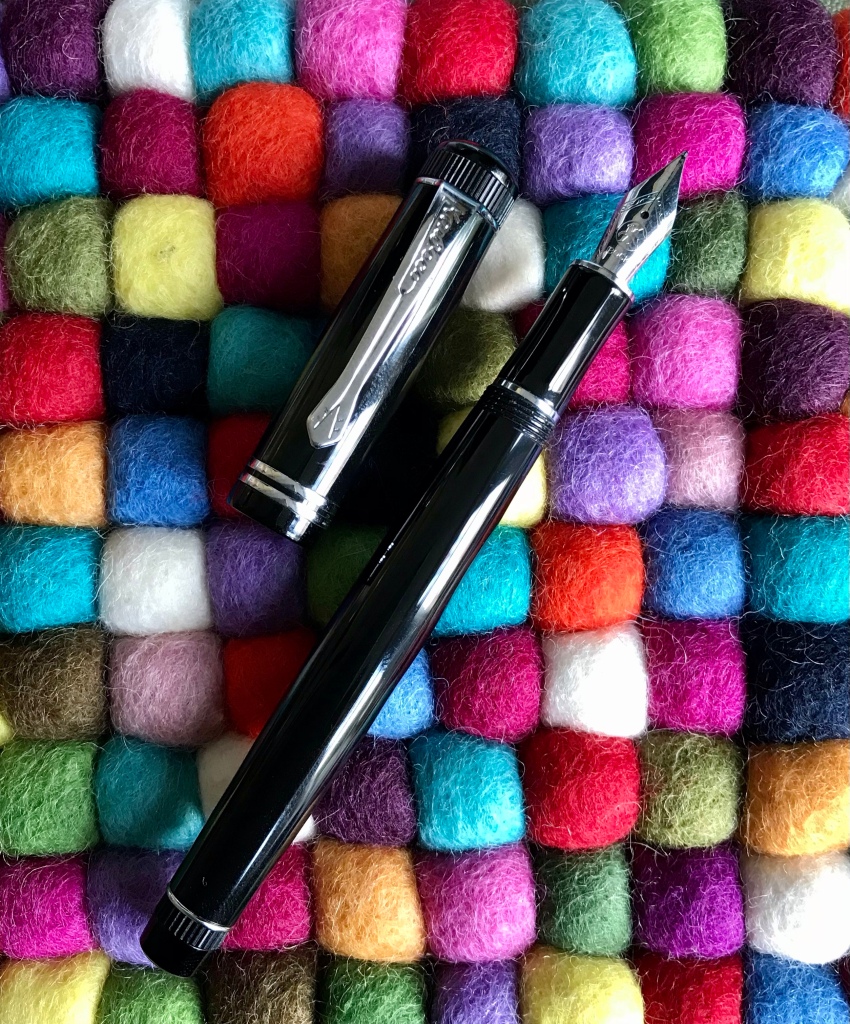
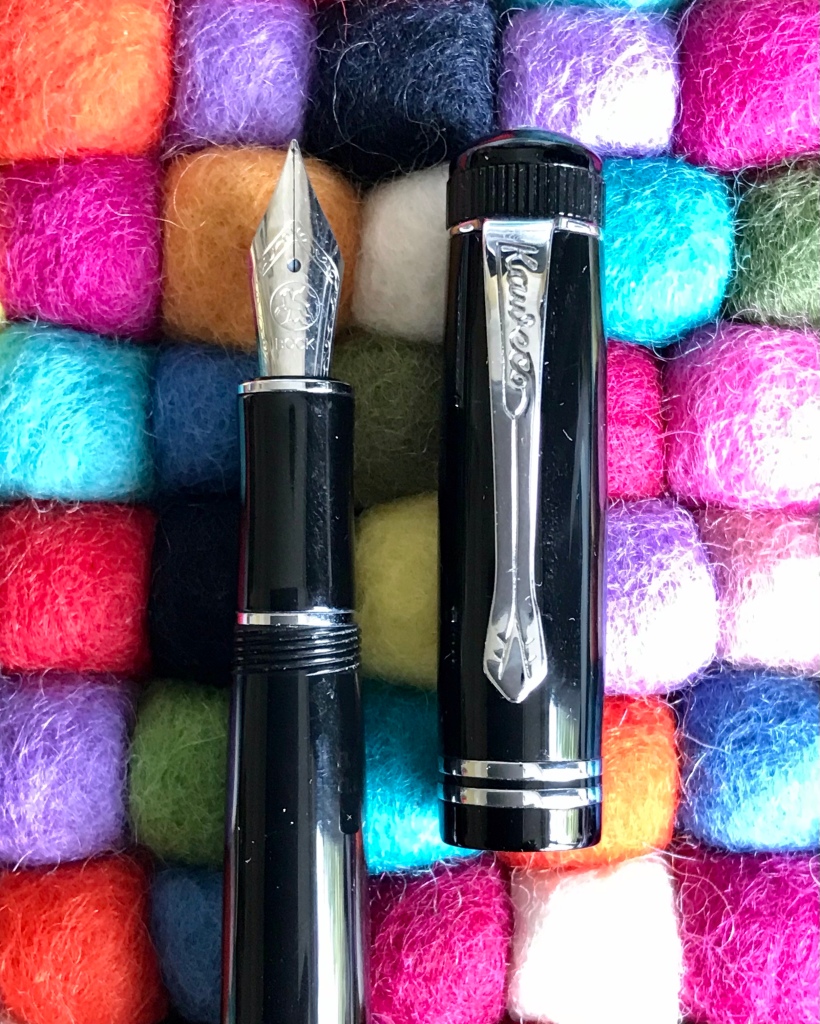
By chance I happened across a couple of references to the Dia2 taking a larger nib. Still a size 5, but one more in proportion to the overall size of the pen. As it turns out, a Bock 076 nib unit has the same size housing and feed as the Bock 060 that comes as standard and so can be swapped. This information didn’t exactly seem top secret, but I’m not sure it’s that widely known either. Either way, I gave Beaufort Inks £10.50 plus shipping and they sent me the nib. While it won’t fundamentally change the way the Dia2 writes, at least the nib no longer looks malnourished and ever so slightly silly. You can also have some fun switching in a stub or even a titanium nib if you want.

Of course, all of this nib switcheroo came with a price tag and not a trivial one relative to the selling price of the pens. There may have been other ways to resolve my Moonman troubles, but to be honest I’m so impressed with Narwhal nibs that I’m glad I made the switch. With the Dia2, I feel a little more of this sits at Kaweco’s door. I don’t see the small nib as a ‘feature’. It has always looked out of place to me and as it turns out there was an alternative available. It smacks more of laziness and cutting corners. After all the retail price of both nib units is the same (I can’t believe that the wholesale price is much different either), so cost of manufacture must be similar. The larger nib fits inside the cap without any issues as well, so Kaweco could install the larger nib without any need for re-design or re-tooling. Why they don’t is anyone’s guess, but at least there is an aftermarket route to a greater sense of proportion.
Thanks for reading this far. I can’t claim it’s the best piece of writing ever, but at least I got back on the horse.
P.S. Now more than ever, please find a little time to be kind both to yourself and to others.



















